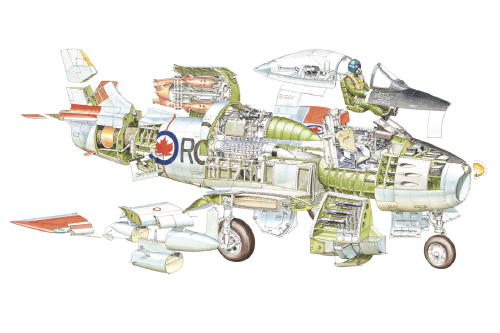The Race to Berlin (January 1945 - May 1945)
The Race to Berlin (January 1945 - May 1945)
 The Battle of Berlin was the final major offensive of the European Theatre of World War II and was designated the Berlin Strategic Offensive Operation by the Soviet Union.
The Battle of Berlin was the final major offensive of the European Theatre of World War II and was designated the Berlin Strategic Offensive Operation by the Soviet Union.
Starting on January 16th, 1945, the Red Army breached the German front as a result of the Vistula-Oder Offensive and rapidly advanced westward as fast as 30-40 kilometers a day, through East Prussia, Lower Silesia, East Pomerania, and Upper Silesia, temporarily halting on a line 60 kilometers east of Berlin along the Oder River. During the offensive, two Soviet fronts (army groups) attacked Berlin from the east and south, while a third overran German forces positioned north of Berlin. The Battle in Berlin lasted from late April 20th, 1945 until the morning of May 2nd and was one of the bloodiest battles in history.
The first defensive preparations at the outskirts of Berlin were on March 20th, when the newly appointed commander of the Army Group Vistula, General Gotthard Heinrici, correctly anticipated that the main Soviet thrust would be made over the Oder River. Before the main battle in Berlin commenced, the Soviets managed to encircle the city as a result of the smaller Battles of the Seelow Heights and Halbe. During April 20th, 1945, the 1st Belorussian Front led by Marshal Georgy Zhukov started shelling Berlin's city center, while Marshal Ivan Konev's 1st Ukrainian Front had pushed in the north through the last formations of Army Group Centre. The German defenses were mainly led by Helmuth Weidling and consisted of several depleted, badly equipped, and disorganized Wehrmacht and Waffen-SS divisions, as well as many Volkssturm and Hitler Youth members. Within the next days, the Soviets were rapidly advancing through the city and were reaching the city center, conquering the Reichstag on April 30th after fierce fighting.
|
|
|





 The Battle of Berlin was the final major offensive of the European Theatre of World War II and was designated the Berlin Strategic Offensive Operation by the Soviet Union.
The Battle of Berlin was the final major offensive of the European Theatre of World War II and was designated the Berlin Strategic Offensive Operation by the Soviet Union.